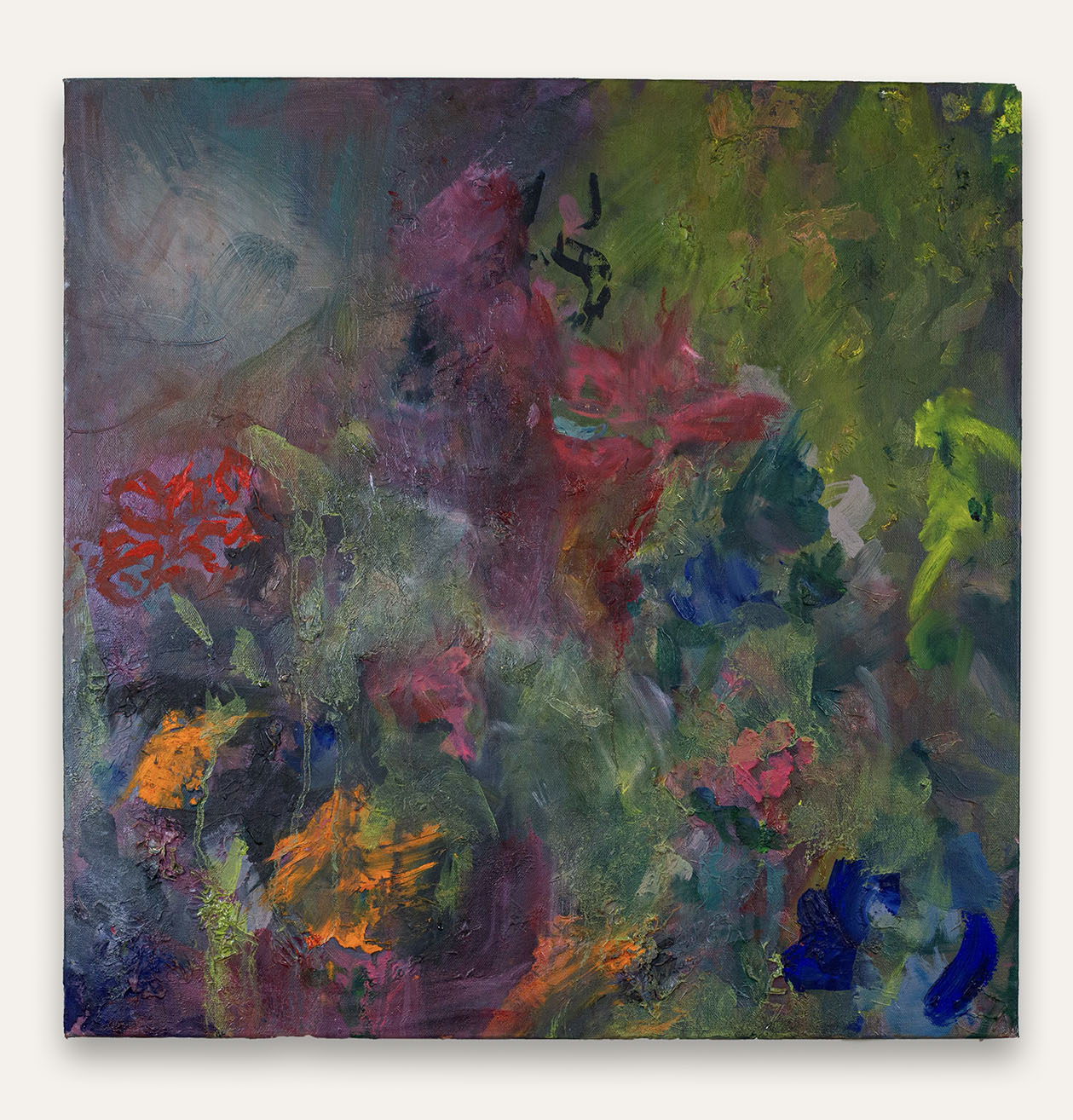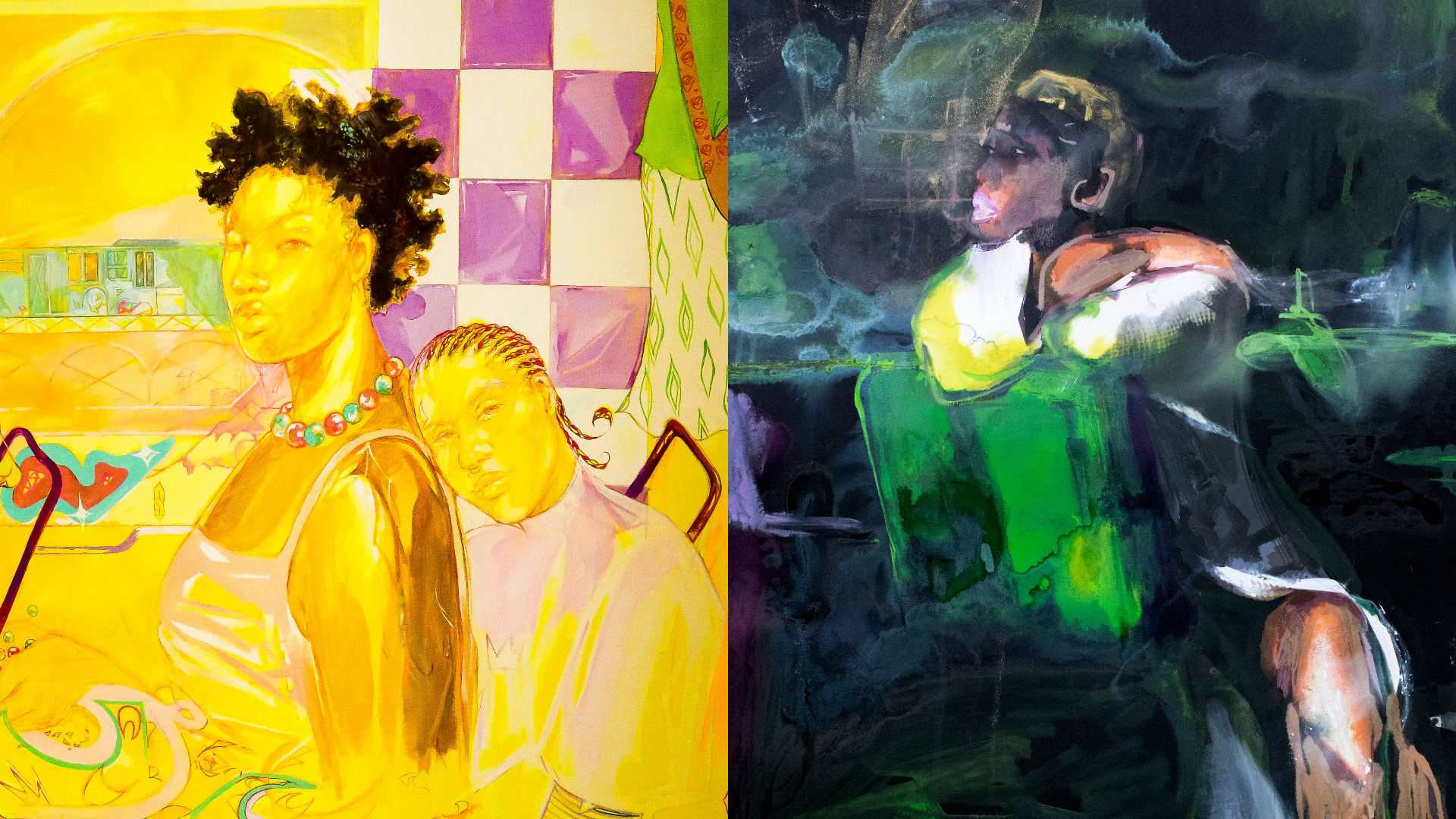As we sit down for coffee at a cafe in Bed-Stuy, gallerist Cierra Britton, founder of her namesake roving gallery, is eager to show me an artwork. It is a textile piece called “Detention” by the artist Lex Marie, featuring large swaths of orange and khaki fabric. Upon closer inspection, the viewer learns these are prison uniforms, stitched together using rope belts to school uniforms previously worn by the artist’s son. “There is an institutional issue that has created a pipeline for typically Black and brown children to go directly to prison,” says the Baltimore native.
From a young age, she adds, youth from these communities are being exposed to harsher punishments than their white peers. Cierra points out a small detail in the upper right corner of the artwork — an orange water gun. It immediately reminds us both of Tamir Rice, the young boy from Cleveland who was shot and killed in a local Walmart for playing with a toy gun. “She is really calling the viewer in to sit with the work,” Cierra says as we ponder it quietly. I notice the khaki pants are decorated by faint green grass stains, a symbol of carefree, childhood play.
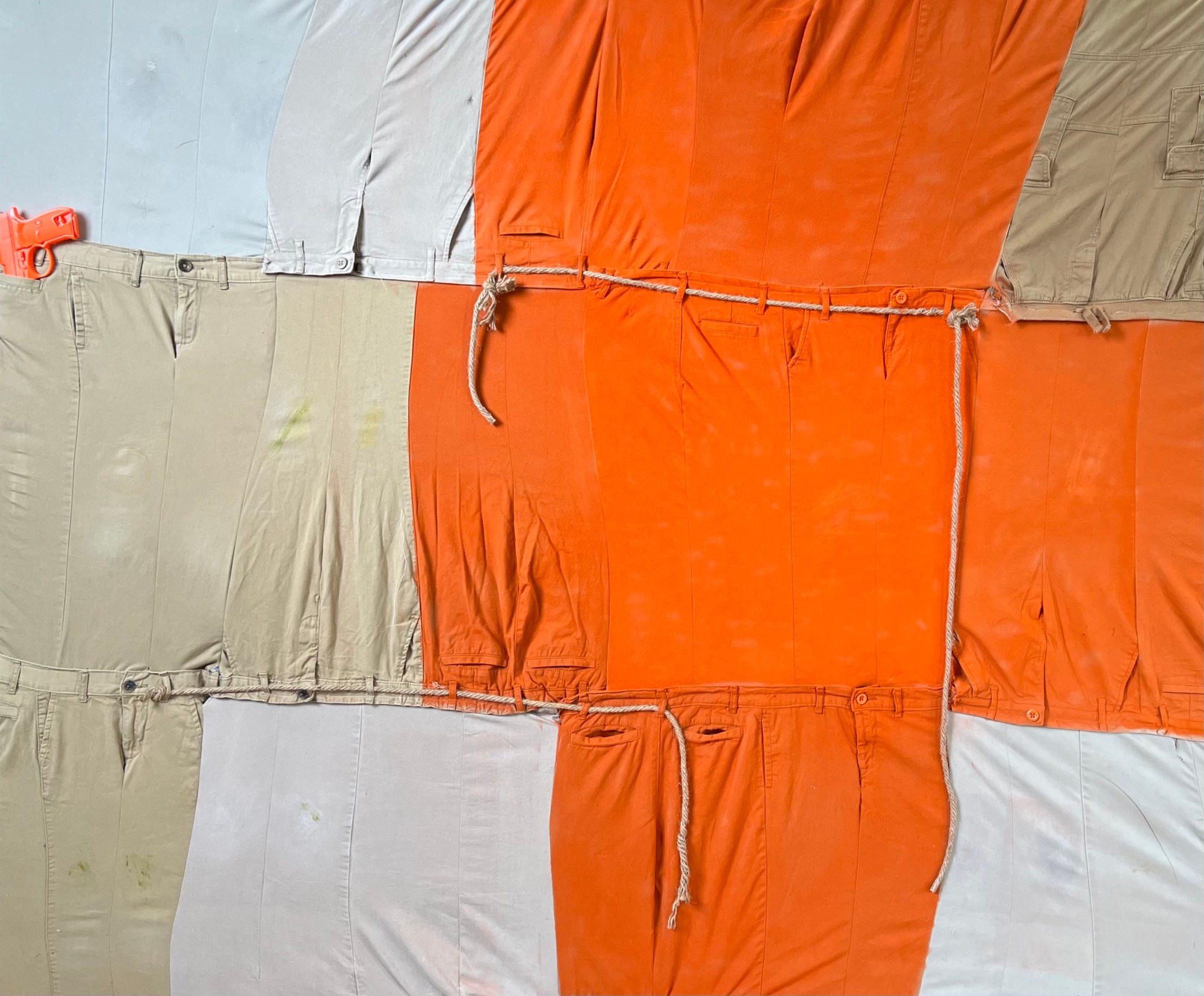
This is the first in a series of works Cierra has curated for her latest show, A Color Story, on view through October 12th featuring works by Lindsay Adams, Nola Ayoola, Quinci Baker, Kwamé Gomez, Lewinale Havette and Lex Marie. “I really wanted to do a show that explores color narrative, because when artists speak about color theory, they’re talking about mixing colors. When I’m thinking of color theory, I’m thinking of color symbolism in movies, in visual culture, in art therapy and the way color impacts our psyche.”
She was inspired by @filmcolors, the Instagram page devoted to unpacking patterns and meaning around the way colors are used in cinema. It moved her to consider her favorite scene from The Wiz, a dance sequence that begins when Dorothy Gale and her friends arrive at Emerald City and the film explodes into a series of dance sequences themed by color. “I was a dancer growing up,” Cierra explains. “Seeing the choreography in that scene, Green had its own movement and its own energy — money and affluence. Gold was very upbeat, very high. When it transitioned to red — my favorite part — the movement changed, the choreography changed. They were walking slower, more sexual, sensual, mysterious, grown. I was like, yo, this is why it’s red!”
As the afternoon continues, we chat about her journey from Baltimore to New York, working for Jack Shainman Gallery, and how she became one of New York’s rising curatorial stars.
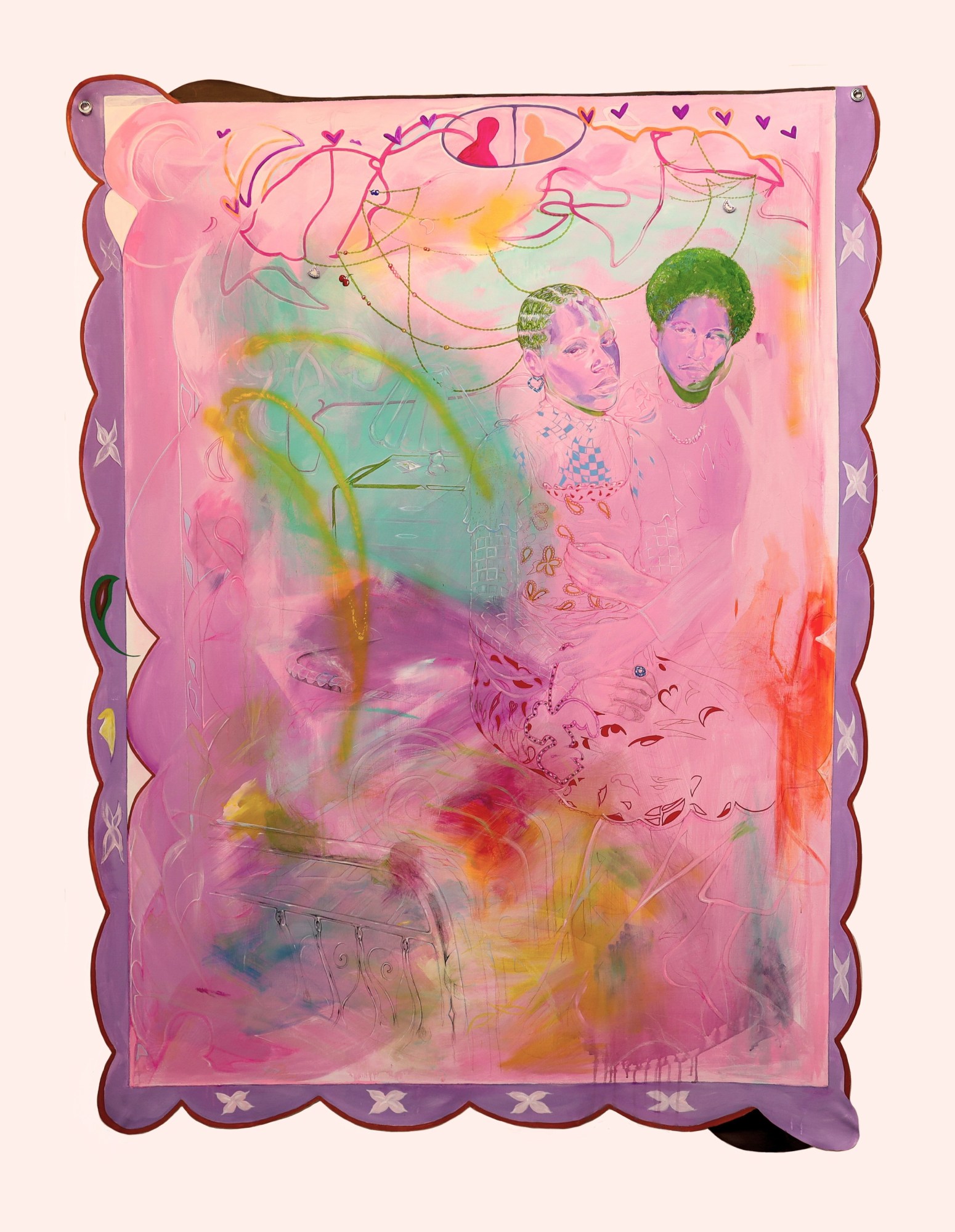
How did your art journey begin?
I got into art as a very young person. My uncle was a sketch artist and he would always entertain me and my sister by making huge mural drawings with chalk on our driveway. He’s an ancestor now and one of my biggest influences.
As I grew older, I was always looking at visual art. That was always my favorite class in every grade. I was definitely one of those frustrated kids in high school figuring out my queer Black identity going to fucking Catholic school. It was a struggle, and the history we were learning was “Blackness started in slavery.” My white teacher is telling me this and I’m just like, no. That was also in the midst of Barack Obama being president and Trayvon Martin getting murdered. I was a mad kid who wanted answers and I started doing my own historical research online. On spaces like Tumblr, they were having hella progressive conversations. I found Barkley Hendricks on Tumblr — “Lawdy Mama”, the painting of the woman with the Afro and the gold background. I didn’t even know the lineage, I was like, “This is a beautiful artwork and I want it to be my phone background.” Then I find out it’s Barkley Hendrick.
I eventually ended up getting an internship at Jack Shainman [Barkley’s gallerist] years later. There have been a lot of full-circle moments in my life. I like to manifest things. Everything is so connected. Even when you don’t know that something is building up to something bigger.
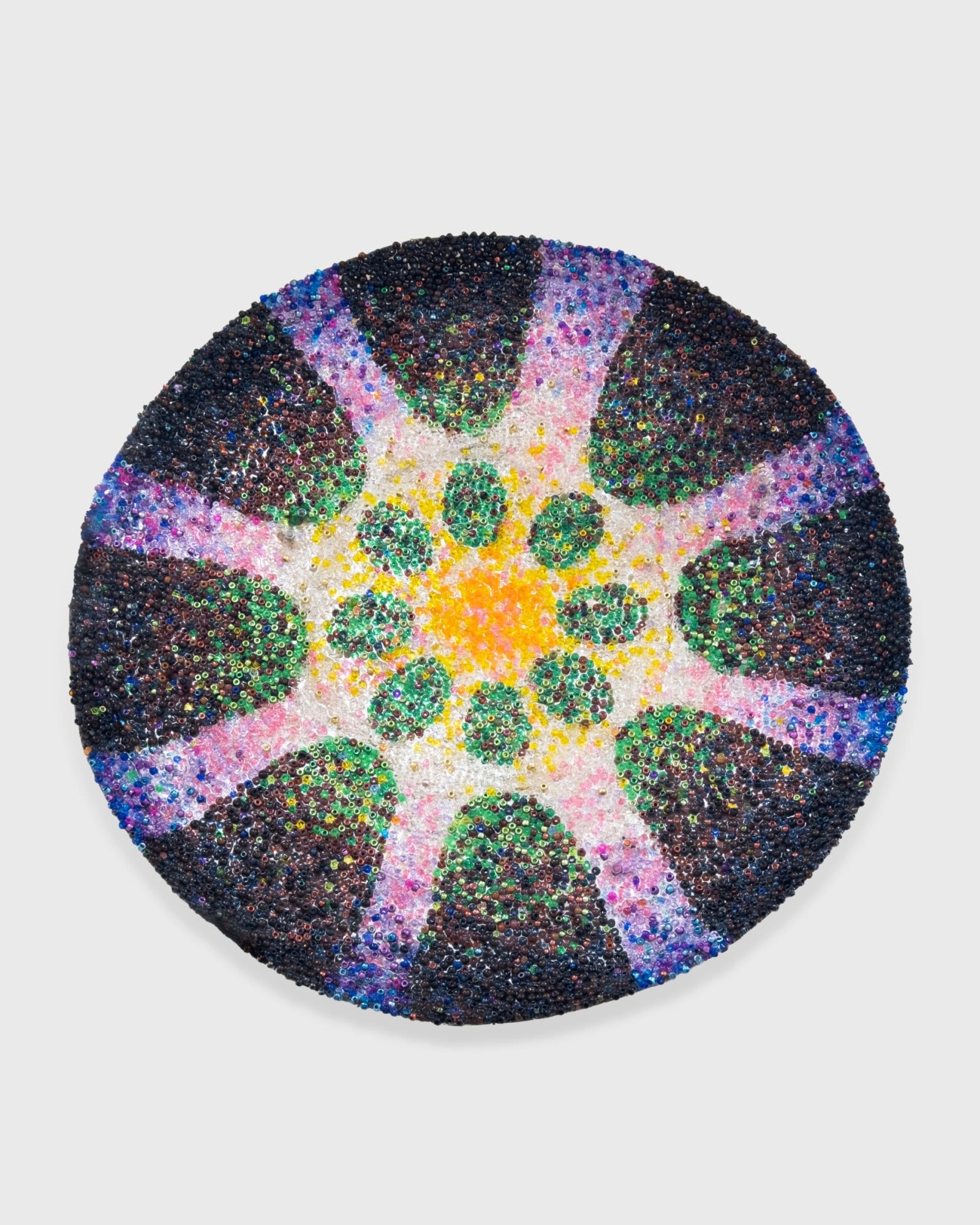
I believe that on every level. There is something especially generative about this city, too.
New York City is a portal. Anything can happen to you. Even in conversations that you’re having, just fucking opportunity. I have put myself out there since I moved here and everything has just been full circle. I’m just kind of winging it, and this is the city to wing it.
Did you study art in school?
I knew that I wanted to work in the arts when I graduated high school, but I didn’t know what my options were because I didn’t want to be an artist. That wasn’t a desire for me, to create with materials. But I loved art and I wanted to support artists that were making work. I didn’t know what route to take other than working in a museum. There weren’t really galleries in Baltimore County.
I actually did my first year of college at Hofstra University on Long Island. They didn’t have anything to offer other than majoring in fine art or art history. The art history they were teaching was like, studying the Renaissance. Things started getting bad there because when Mike Brown got killed, all the black students started protesting. The white students were following the protest, harassing us. It became a race war on campus.

We had a peaceful protest, trying to mourn this loss and heal. I was just like, “I got to leave this school.” I’m from Baltimore, I’m not used to this. This is a culture shock.
Did you have a better experience after transferring to The New School?
I learned about the art world in New York. I took a class called “The Art of Viewing Art,” which was studying galleries specifically. Every week we had to go to a different neighborhood to explore the galleries there. It was Chelsea one week, Lower East Side another week, Upper East Side another week. Then we would come back and talk about what we saw and dissect the viewing experience of art. As a viewer, how did you feel walking into the space, walking into the exhibition? What did you see first? How did it feel for you? That perspective was very cool. It wasn’t like opening an art history book and just reading through the classical era — it was very active, very contemporary. I’m like, “Is this what the gallery world is giving?” It was giving me life.

They have a class called “Practice and Curating,” taught by Natasha Lawrence. She taught us about Thelma Golden and Linda Good Bryant. She taught us about museum history and exhibition history. At the end of the semester, our final project was to create a book curation. I took a book by Bell Hooks, printed out artworks by famous Black artists on translucent paper and taped it into the book so that you could see Bell Hook’s words through the art. I got extra credit and my professor was like, “I’m gonna take your book and use it as the example for the next semester.”
How did you start your own gallery?
I’ve always had the idea, but I didn’t have the confidence to do it. My first curation was in 2019, a solo show for Flo Ngala. Things were so simple. I was working part-time as a front desk associate at this members club. It was a weekly check, but it had nothing to do with what I wanted to do. So I made sure to still find time to do what I actually cared about, which was curation.
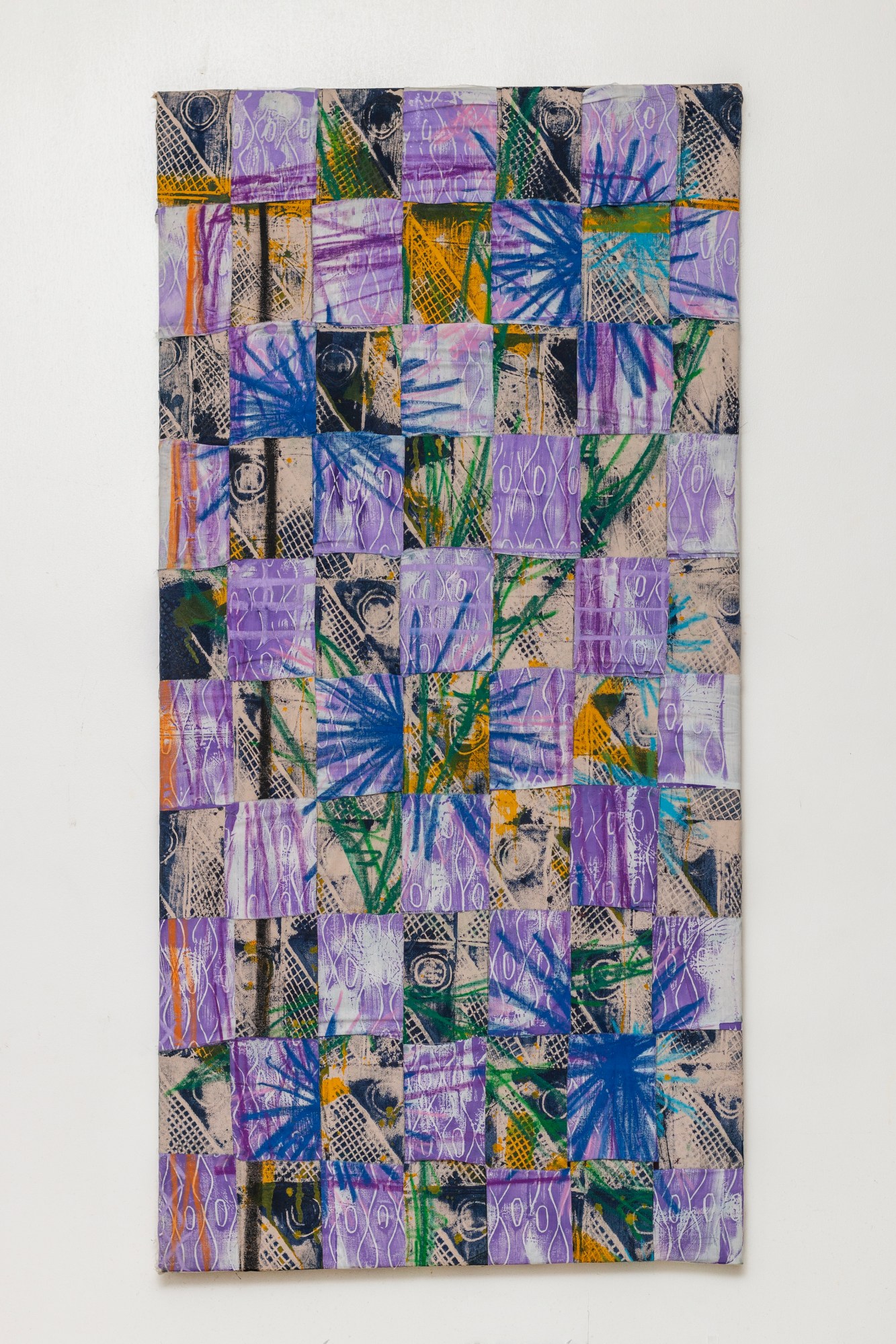
I had overheard this woman at my job talking about how she has a gallery space in Red Hook with her husband and I introduced myself to her. I was like, “I didn’t mean to eavesdrop, but I’m an aspiring curator and I would really love to talk to you about potentially doing a show at your gallery.” She was like, “Oh, me and my husband gave it out for free. You just have to produce it on your own. We can’t help you with any finances but we can give you the keys.” I was like, excuse me, free space in New York?
I had already met Flo a few months prior and I saw her editorial work and then her personal photojournalism, which I was obsessed with. I was like, “Let’s do a show.” I got all the frames from Michael’s.
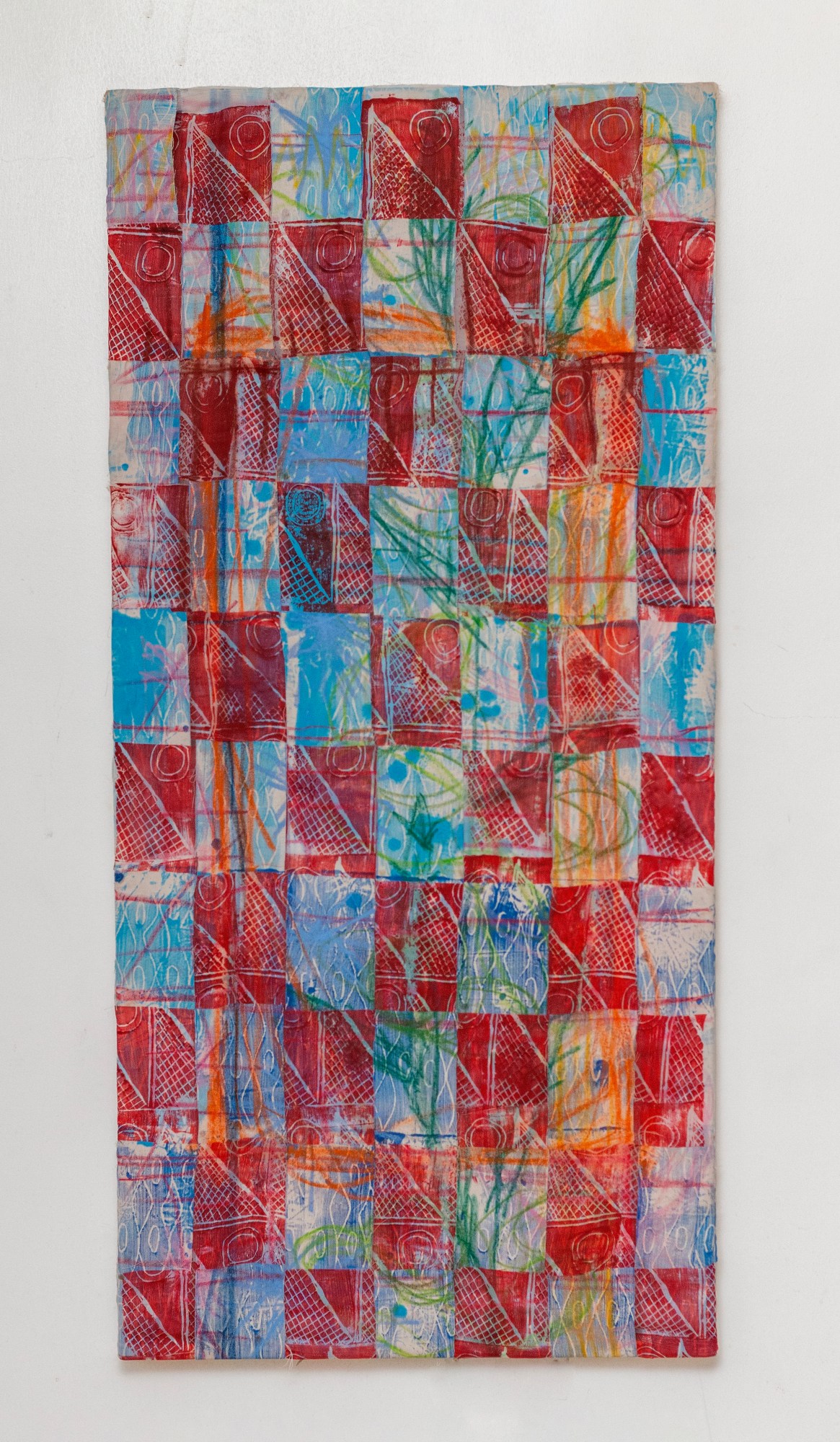
What happened after that first show?
I immediately got hired right after that show closed at Art Noir. I’m getting trained, I’m learning, and then COVID hit, which shut down all the events that they had planned for the year. And I’m like, “I hope that I can still keep this job” because I love the work that they do. I wanted them to mentor me because I was still very young, very fresh. They were like, “We’re going to make everything virtual, Are you good at social media?” I’m like, “I mean, I can be? Yes, I am!” We started doing a plethora of online events, and virtual visits every Thursday.
I was doing assignments for them, but we were also doing one-on-ones every week. I would tell them I’m going to have a gallery one day. They were like, “Honestly, you’re already art advising you’re already selling, you have artist relationships. You can fundraise online. Many people would want to support a young Black woman opening a gallery.”
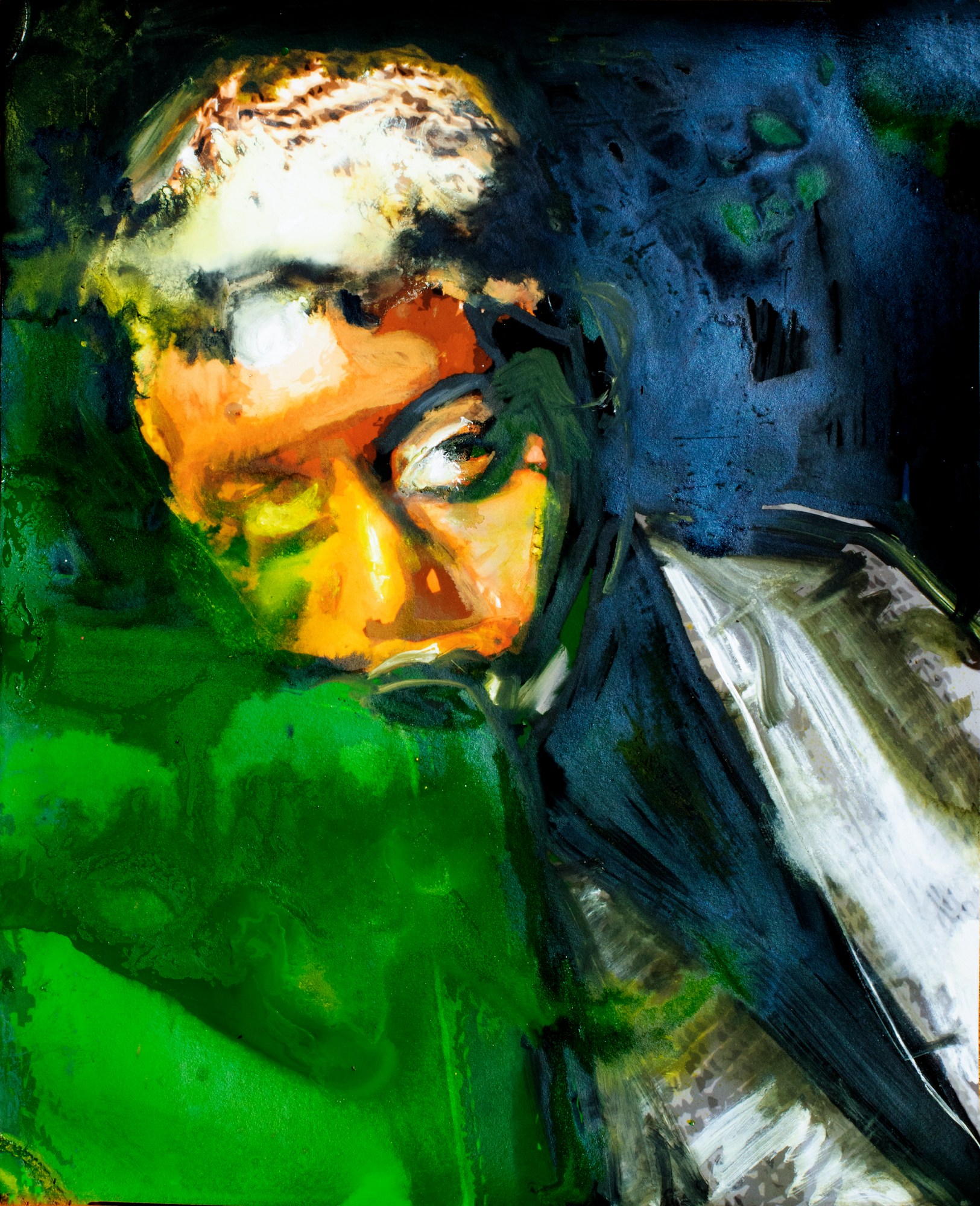
I wanted this to be a mission-based gallery. I really wanted to dedicate it to women of color, Black and brown women. Women of color are the least represented in New York’s galleries, in the arts ecosystem and in the market in general. It’s unreal and it creates the warped concept that women artists are just not making good art or just they don’t exist. I raised $30,000 on IFundWomen. That’s how I got the funding to do my first round of pop-ups last year last fall. And it’s just been a constant evolution. I’m still very bootstrap. Don’t get me wrong. I’m trying to get to a place where it’s not like that. But you can work it and freak it, and that’s what we do every time.
By the way, everybody’s low-key doing that behind the scenes. They’re just not talking about it.
The illusion in the art world is sometimes more important than the facts. You don’t really want to tell people all the details of your struggles. But I’m glad that I’ve done it this way because I’ve learned so much as an entrepreneur in my twenties.
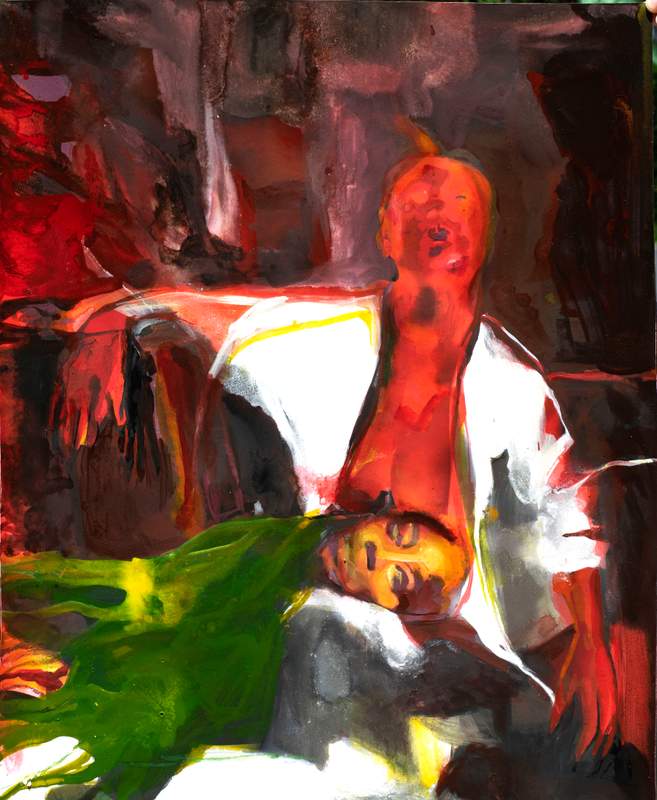
I want my dreams to come true and if I have the capability to make it happen, I will. If it takes 10 years, I’m very patient. I have a lot of patience. I can wait. You know, things will happen when they happen and it will work out exactly the way it’s supposed to.
What was it I read that Oprah once said? Something like, “You set the intention, and then you let it go.”
It is like forgetting something you prayed for and you’re like, “Wait, this is in my life now. Holy shit.”
I want things to feel very energetically aligned. I want this show to be a feel-good space, I’m thankful to be cool with all the artists — they’re great ladies. I love their work and I want to grow with them. All of us are just figuring it out, helping each other source materials and canvas rolls! It’s very community-centered.
A Color Story is on view at Cierra Britton Gallery at 202b Plymouth Street, Brooklyn, New York through October 12th.
